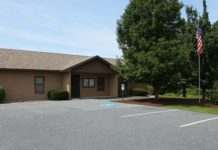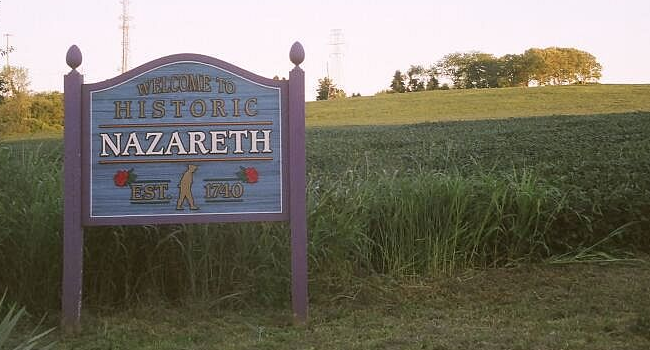
(Originally published in 2002)
In my Chapman’s Quarry research, I made extensive use of the Chapman Borough and Chapman Slate Company history booklet of the Chapman Historical Society. The history contained a great article entitled: Slate “The Miracle Stone” by Mr. Joseph George. It’s well written and present a comprehensive explanation of slate quarry operations.
I contacted Mr. George and had a very informative conversation with him. Some of his daughters were students of this writer over at Northampton High School. Mr. George represented Chapman’s on the school board when I started teaching 44 years ago. A fine gentleman, he certainly could be useful on our present board.
The George family has roots in the quarry district of Cornwall, England where quarries have been productive for 400 years. Over the generations, seven men have carried the name Joseph George.
Mr. George remembers, “Our family were slaters and the slate brought them to the United States.” Mr. George’s father was also named Joseph. Young George was born in Chapman’s. His mother Mamie was not too fond of her son being Joe. Joseph George Sr. was a slater at the quarry cutting large blocks of slate into various sizes. Joseph said, “The slaters were independent men, they punched no time card because they worked on the piece rate. They worked in two-man shanties heated by a coke stove. In the winter the slate would freeze but the work continued. The shanty could not be too warm because thawing slate was difficult to split. If a slate block was defective the men would throw it out of the window onto a scrap pile.”
The George family resided in a company home. In 1929 his father died, leaving a wife and six children. Joseph recalls, “I was 12 years old at the time. The company allowed us to live in the company home rent-free for a long time. The depression was not only hard on us, but on everyone else as well. My oldest sister, Ethel, helped support the family by working in a silk mill in Bath.”
Mr. George continued, “My personal experience at the quarry was limited to five years 1935-40 as a slater. I spent no time in the “hole” or quarry itself. I worked in a shanty preparing slate with an older slater. At first my hands were covered with blisters and after all the hammering, I could barely lift my arms. After a period of time your body adjusted to the job. We worked at the piece rate. The wages were split, 60 percent for the man I worked with. As I learned the job, the split became 50/50. We worked five 10-hour days and four hours on Saturday. One of my best paydays was when I earned $70 for two weeks in 180 hours. That was good money.”
Mr. George enlisted in the U.S. Navy during World War II and served on an L.S.T. Returning home, Joseph married Ethel Heberling, a friend and neighbor in Chapman’s.
Next time: Slate- the miracle stone









